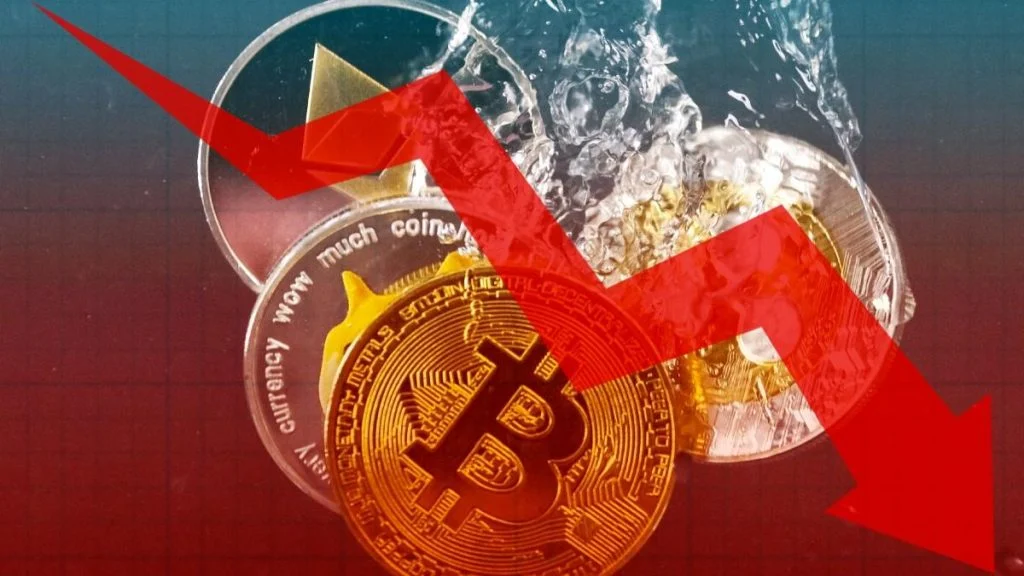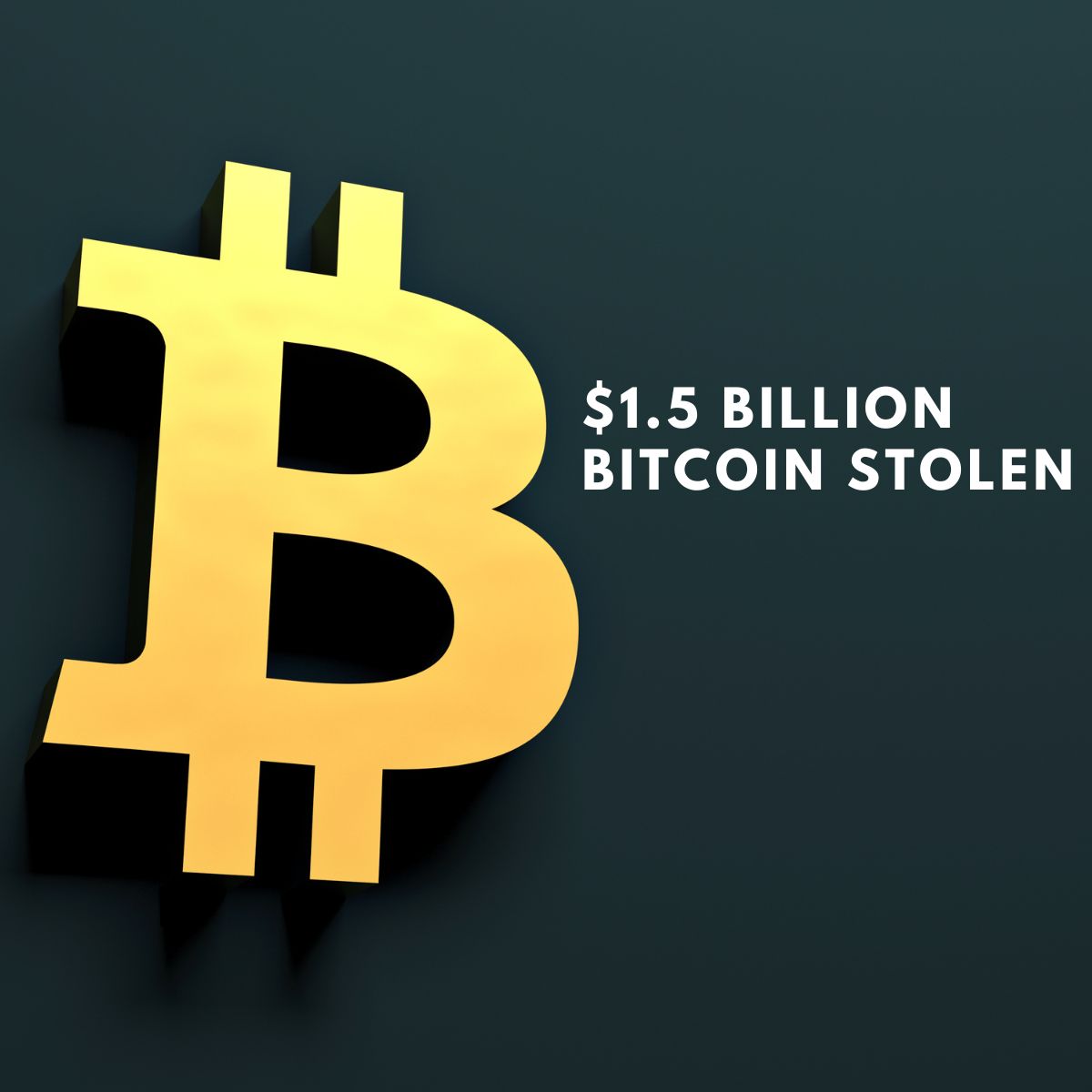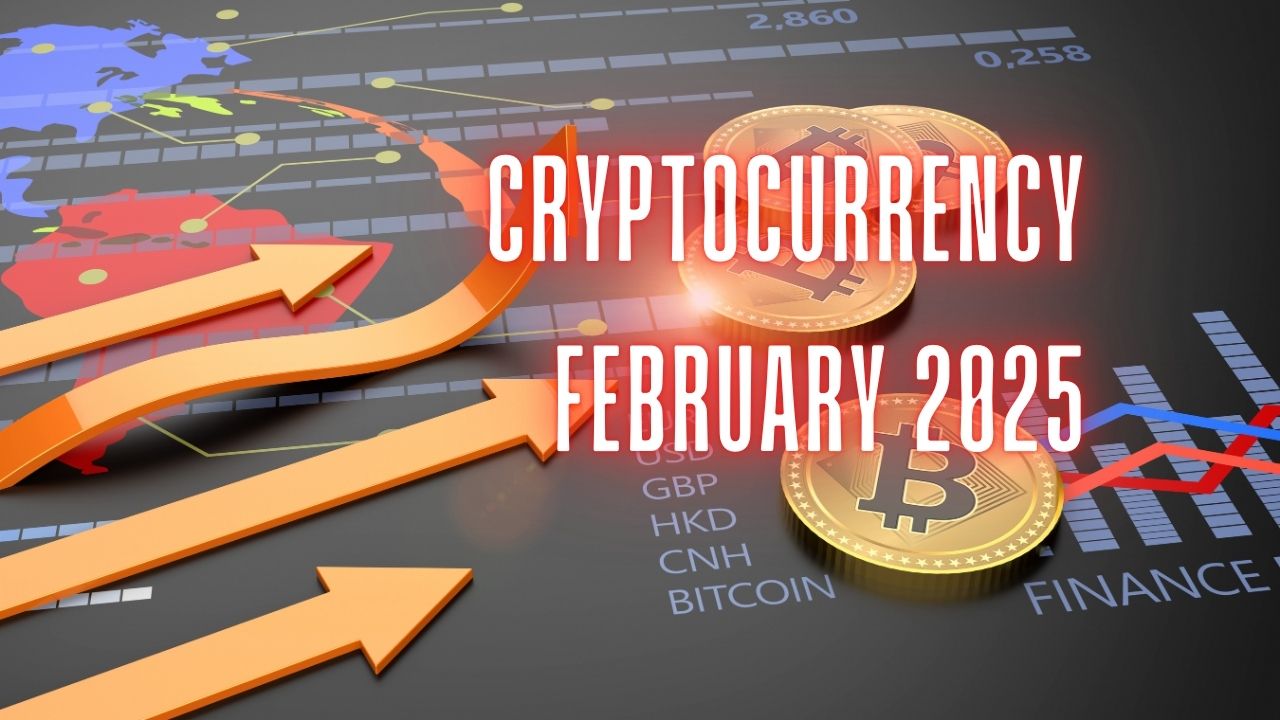The cryptocurrency market in 2024 continues to be a landscape defined by volatility, innovation, and regulatory challenges. As digital currencies become more integrated into mainstream finance, they are also facing increasing scrutiny and diverse market conditions that both excite and unsettle investors.
Market Trends and Volatility
Cryptocurrency prices have seen significant fluctuations throughout 2024. Bitcoin, the largest cryptocurrency by market capitalization, remains a dominant force but has experienced sharp price swings, reflecting broader economic uncertainties and changing investor sentiment. Ethereum, known for its smart contract capabilities, has also been volatile but continues to be a key platform for decentralized finance (DeFi) and non-fungible tokens (NFTs).
Other cryptocurrencies, including altcoins like Solana, Cardano, and newer entrants, have seen mixed performances. While some have gained traction due to technological advancements or unique use cases, others have struggled to maintain value, leading to a highly competitive and unpredictable market.
Regulatory Challenges
Regulation remains one of the most significant factors influencing the cryptocurrency market. Governments and financial institutions worldwide are working to establish clearer regulatory frameworks. In the United States, the Securities and Exchange Commission (SEC) has intensified its oversight, particularly focusing on whether certain cryptocurrencies should be classified as securities.
In Europe, the European Union’s Markets in Crypto-Assets (MiCA) regulation is set to come into effect, aiming to provide a comprehensive legal framework for digital assets. This regulation is expected to bring more stability and investor protection to the market but also poses challenges for crypto businesses that must comply with new rules.
China continues its stringent stance against cryptocurrency trading and mining, reinforcing its ban on these activities. Meanwhile, countries like El Salvador and the Central African Republic have embraced Bitcoin as legal tender, highlighting the varied global approach to digital currencies.
Adoption and Innovation
Despite regulatory hurdles, cryptocurrency adoption continues to grow. Major financial institutions, including banks and payment companies, are increasingly offering crypto-related services, such as custody and trading. Moreover, central banks worldwide are exploring Central Bank Digital Currencies (CBDCs) as a state-backed alternative to decentralized cryptocurrencies.
Innovation in blockchain technology is also accelerating. The Ethereum network’s transition to a proof-of-stake (PoS) consensus mechanism, known as “Ethereum 2.0,” aims to reduce energy consumption and improve scalability, addressing some of the criticisms of blockchain technology. Additionally, the rise of Layer 2 solutions and cross-chain protocols are enhancing the efficiency and interoperability of blockchain networks.
DeFi and NFTs: Evolving Ecosystems
Decentralized finance (DeFi) remains a crucial area of growth within the crypto space. DeFi platforms, which allow users to lend, borrow, and trade assets without traditional intermediaries, are expanding their offerings and attracting significant capital. However, the sector also faces challenges related to security, regulation, and liquidity.
Non-fungible tokens (NFTs), which saw a boom in popularity in 2021 and 2022, continue to evolve. While the initial hype has subsided, NFTs are finding new use cases in gaming, digital identity, and intellectual property rights. The integration of NFTs with the metaverse—virtual environments where users can interact and transact—represents a significant frontier for the technology.
Conclusion
The cryptocurrency market in 2024 is marked by rapid development, significant challenges, and the potential for transformative impact on the global financial system. Investors and stakeholders must navigate a complex environment where innovation is balanced against increasing regulation and market volatility. As the market matures, cryptocurrencies and blockchain technology are likely to become even more integral to the future of finance, but the path forward will require careful consideration of the risks and opportunities involved.





